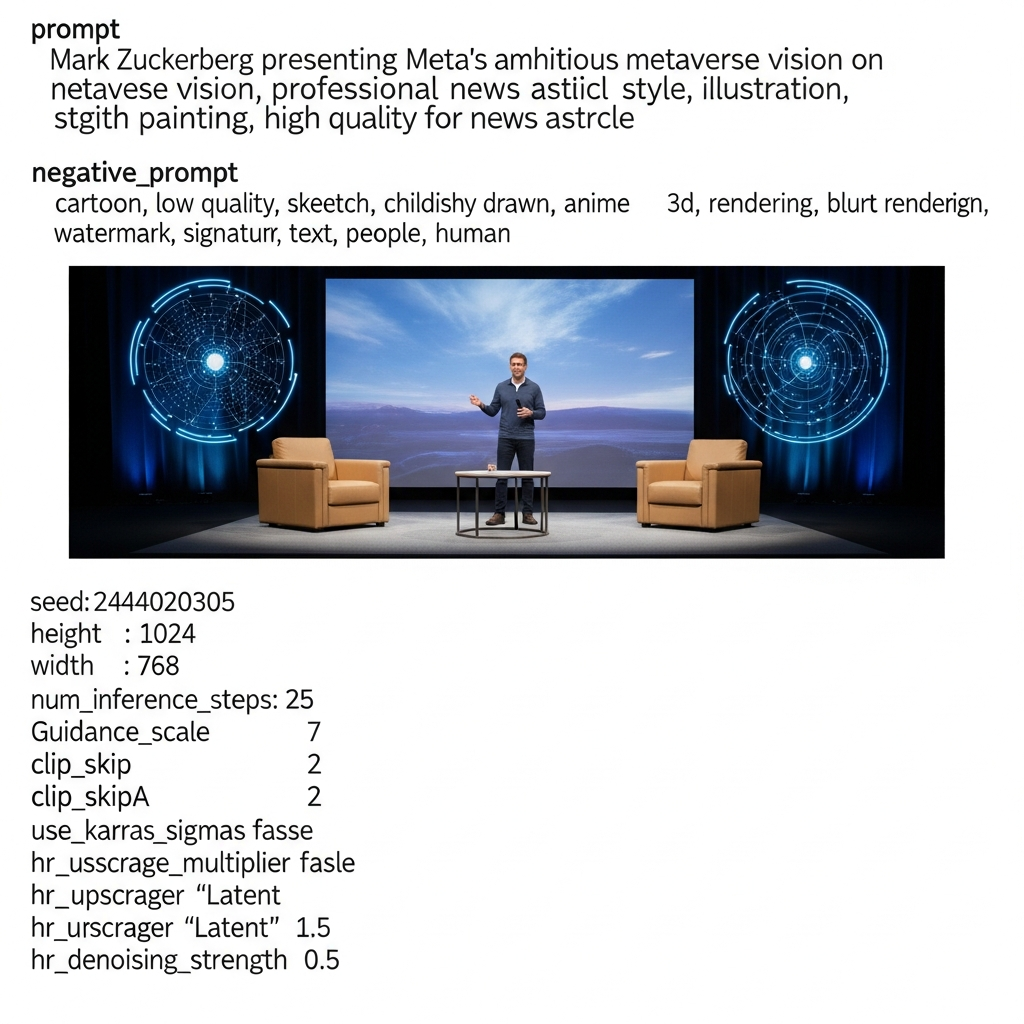A massive tax and spending bill championed by former President Donald Trump faces a significant hurdle in the U.S. house of Representatives. Despite narrowly clearing the senate, the legislation designed to shape a potential second Trump term has hit a wall of resistance from within the House republican ranks. The clock is ticking towards a critical July 4th deadline for lawmakers to send a final version to the president. This high-stakes legislative battle reveals deep divisions within the GOP over fiscal policy, healthcare, and tax deductions.
The bill’s journey through Congress has been anything but smooth. It scraped through the Senate earlier this week after intense debate and a pivotal tie-breaking vote cast by Vice-President JD Vance. That narrow victory highlighted the challenges even within the Republican-controlled upper chamber. The scene then shifted to the House, where Speaker Mike Johnson’s plans for a quick vote stalled. On Wednesday, the House floor emptied as it became clear there wasn’t even sufficient Republican support to pass the rule allowing the bill to be considered – typically a routine step.
An earlier iteration of the bill had passed the House in May by the slimmest of margins, just one vote. The current version includes new amendments added by the Senate. These changes have only amplified existing frustrations among some House Republicans. Reconciling the House and Senate versions now appears increasingly difficult due to entrenched ideological disagreements within the Republican party itself. President Trump has been actively involved, reportedly holding White House meetings to sway holdouts, but key opponents remain unpersuaded.
Core Republican Sticking Points Blocking the Bill
Divisions within the House GOP center on several contentious policy areas. These aren’t simply procedural delays; they represent fundamental disagreements over the bill’s substance and its long-term impact on the nation. Republican factions, ranging from staunch fiscal conservatives to members worried about constituent impacts, are openly challenging the leadership and the White House. The path forward requires navigating these internal conflicts.
National Deficit & Fiscal Responsibility
A major point of contention revolves around the potential impact on the national debt. Fiscal conservatives, notably members of the ultra-conservative House Freedom Caucus, are ringing alarm bells. They are outraged by estimates from the nonpartisan Congressional Budget Office (CBO). The CBO projected that the Senate-passed version of the bill could add a staggering $3.3 trillion to the U.S. national deficit over the next decade. This figure represents a significant increase compared to the $2.8 trillion estimated for the original House-approved bill.
This projected rise in debt has fueled accusations of fiscal irresponsibility. Critics argue the bill disproportionately “front-loads tax cuts” that reduce government revenue now while delaying significant spending cuts until later years. This structure is seen as failing to genuinely address the nation’s fiscal challenges. Prominent voices outside of Congress, including former Trump adviser and campaign donor Elon Musk, have publicly echoed these concerns, criticizing lawmakers for considering legislation that could worsen the debt.
Freedom Caucus Chairman Andy Harris of Tennessee publicly agreed with Musk, stating the U.S. cannot sustain such deficits. Texas Congressman Chip Roy, another leading figure in the caucus, quickly signaled his frustration after the Senate vote, suggesting the chance of meeting the July 4th deadline had diminished. Some conservatives, like Ohio Republican Warren Davison, have voiced skepticism about promises of future spending cuts without concrete action now. Congressman Andy Ogles of Tennessee went further, filing an amendment to completely replace the Senate’s version with the original House bill to address these spending concerns head-on.
Healthcare & Social Program Cuts
Proposed changes to healthcare and social programs represent another major hurdle. Lawmakers from poorer districts are particularly concerned about how the bill might negatively impact their constituents, potentially harming their prospects in future elections. The Senate version includes steeper reductions than the House proposal in key areas like Medicaid, the critical healthcare program serving millions of low-income Americans, and changes related to the Affordable Care Act (ACA).
According to a CBO report, the changes to Medicaid and the ACA in the Senate bill could result in approximately 12 million Americans losing health insurance coverage by 2034. The original House version was estimated to cause a slightly smaller number, around 11 million, to lose coverage. The bill also includes controversial provisions for new Medicaid work requirements. Under the proposal, childless adults would generally need to work 80 hours per month or qualify for an exception, though these requirements wouldn’t take effect until 2029.
Fiscal conservatives support these work requirements, arguing they incentivize employment and save money. However, some hardliners want them implemented much sooner, criticizing current spending on “able-bodied” individuals. Meanwhile, Republicans concerned about constituent access to healthcare are pushing back. California Congressman David Valadao, who represents a swing district, has stated clearly he will not support a final bill that includes “harmful cuts to Medicaid, puts critical funding at risk, or threatens the stability of healthcare providers.” These concerns mirror those voiced by House Democrats, who have dubbed the legislation “Trump’s One Big Ugly Bill” and vow to oppose it fiercely.
State and Local Tax (SALT) Deduction Cap
The bill also addresses the contentious issue of the cap on state and local tax (SALT) deductions. Currently capped at $10,000, this limit is set to expire this year. Both the House and Senate versions propose increasing the cap. However, the devil is in the details, and the versions differ significantly.
The original House bill and the Senate bill both proposed raising the cap to $40,000. This increase is a priority for Republicans representing high-tax states, where constituents are significantly impacted by the $10,000 limit imposed by the 2017 tax cuts. However, the Senate-approved version includes a clause that would revert the cap back to $10,000 after just five years. This temporary nature of the increase has proven problematic for some House Republicans who want a more permanent solution for their constituents.
Furthermore, an earlier House proposal to raise the cap to $30,000 for households below a specific income threshold was reportedly rejected by some New York Republicans as “insulting.” Fiscal conservatives, conversely, oppose raising the SALT cap at all, viewing it as an unnecessary subsidy benefiting residents in high-tax states. This three-way conflict – those wanting a higher, permanent cap; those okay with a temporary fix; and those wanting no change – further complicates the bill’s passage.
Clean Energy Tax Credits
Another point of friction, highlighted in recent discussions, involves tax credits for clean energy initiatives established under the previous administration’s Inflation Reduction Act (IRA). Some conservative Republicans want these credits phased out much faster than the current bill proposes. Figures like Oklahoma Representative Josh Brecheen have expressed frustration that certain subsidies, particularly for wind and solar, could potentially extend until 2041 under the proposed legislation.
However, this view is not universally held within the GOP. A substantial portion of IRA investments have occurred in Republican-led districts, and businesses have made significant investments banking on the expected decade-long lifespan of these credits. Twenty-one House Republicans reportedly wrote to the House Ways and Means Committee urging them against cutting these energy credits. This division pits fiscal conservatives against members focused on economic development and business certainty in their districts. The bill also includes related changes, such as restrictions on tax breaks for components sourced from China and phasing out the tax credit for electric vehicle buyers.
The Political Landscape and Path Forward
Passing this bill is a top priority for President Trump. It is widely seen as potentially the defining piece of legislation for a potential second term. His administration has been actively lobbying members, holding meetings and attempting to persuade holdouts to fall in line. However, the level of public resistance, particularly within the House Freedom Caucus and among members sensitive to constituent impacts, indicates this is no easy task.
Ralph Norman, a South Carolina Republican who attended a White House meeting but remained opposed, estimated around 25 other Republicans currently share his opposition. Given the narrow Republican majority, the House can afford to lose only about three votes for the measure to pass. This leaves House leadership with a significant challenge. The bill is being advanced through the budget reconciliation process, which allows for a simple majority vote in the Senate, circumventing the need for a supermajority to overcome a filibuster. However, this process requires the bill to pass the House first with Republican votes alone, given unified Democratic opposition.
Despite the deep divisions, some Republicans express a willingness to compromise. Randy Fine, a Florida Republican, told the BBC he had frustrations with the Senate version but would vote for it in the House, advocating for the principle of not letting “the perfect be the enemy of the good.” This sentiment highlights the pressure on Republicans to deliver a legislative victory, even if it means accepting a bill they don’t entirely agree with. Finding a version that can satisfy enough diverse Republican demands – fiscal hawks, constituent advocates, those concerned about specific industries – before the July 4th deadline is the daunting task ahead for Speaker Johnson and the GOP leadership. Even if it passes the House, further negotiations will be required to reconcile it with the Senate version.
Frequently Asked Questions
Why are House Republicans blocking Trump’s budget bill?
House Republicans are blocking the bill primarily due to internal divisions over several key policies. Fiscal conservatives are concerned about the bill significantly increasing the national deficit, particularly because tax cuts take effect sooner than spending cuts. Other Republicans worry about the bill’s impact on constituents, especially cuts to healthcare programs like Medicaid and changes to tax deductions for state and local taxes (SALT). Divisions also exist regarding the speed at which clean energy tax credits should be phased out.
What specific cuts are controversial in Trump’s budget bill?
Key controversial cuts include those to Medicaid and changes impacting the Affordable Care Act (ACA). According to the CBO, these changes could result in millions of Americans losing health insurance coverage. The bill also proposes Medicaid work requirements, although delayed until 2029, which some find too slow and others oppose entirely due to potential harm to vulnerable populations. Additionally, there’s debate over phasing out clean energy tax credits established under previous legislation, with some conservatives pushing for quicker elimination.
How could Trump’s budget bill affect the national deficit and taxes?
The Congressional Budget Office (CBO) estimates the Senate-passed version of the bill could add $3.3 trillion to the national deficit over the next decade, an increase from the original House version’s estimate. This is a major concern for fiscal conservatives. Regarding taxes, the bill proposes increasing the cap on the State and Local Tax (SALT) deduction from the current $10,000, which expires this year. However, the Senate version would revert the cap back to $10,000 after five years, a change unpopular with Republicans from high-tax states who want a more permanent solution.
Conclusion
The delay of President Trump’s signature budget bill in the House of Representatives underscores the persistent challenges facing the Republican party in uniting behind major legislation. The stalemate is not merely about procedural hurdles but reflects fundamental disagreements over spending priorities, tax policy, and the role of government programs. With a tight July 4th deadline looming, House Republican leadership faces the complex task of bridging these internal divides. The outcome of this battle will not only determine the fate of this specific bill but also offer a glimpse into the political dynamics and policy priorities that could shape the legislative landscape in the coming years. The high stakes make this a critical test for both Republican cohesion and the former president’s influence.




